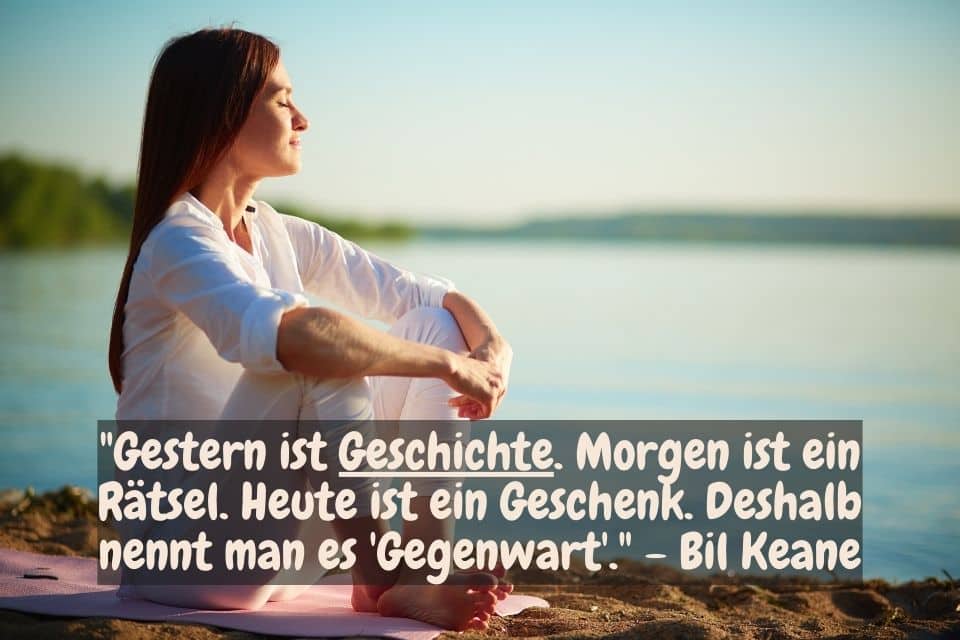Last updated on December 29, 2022 by Roger Kaufman
Do you sometimes feel stressed or anxious? Then meditation might be just the thing for you – letting go of meditation
Find out more about this great technology here!
Meditation is an ancient practice that has been used for thousands of years to calm the mind and relieve stress. It's about focusing on breathing and relaxing your body.
Why meditate?
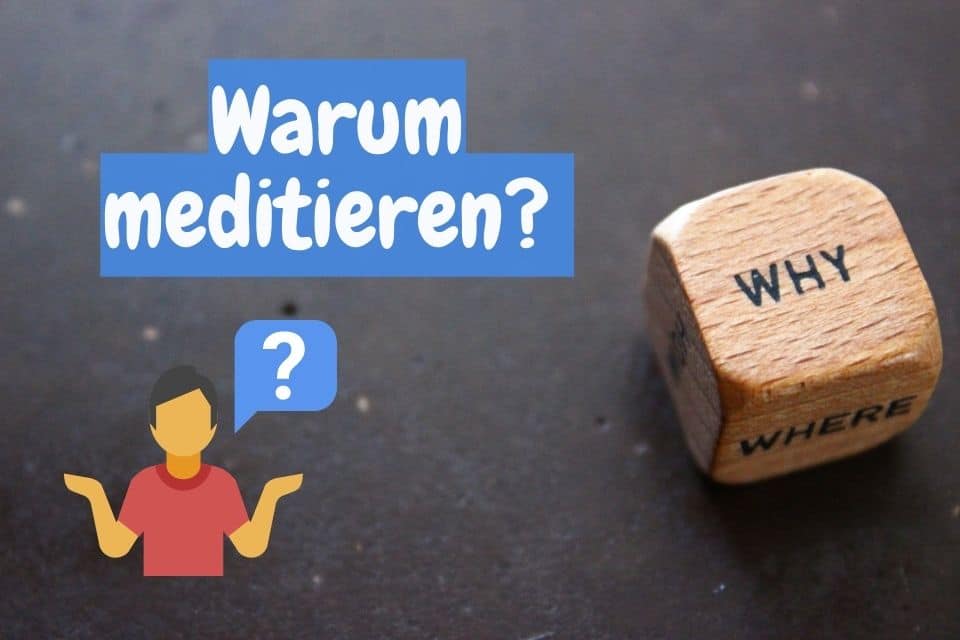
Meditation has many benefits. You will feel calmer, happier and less stressed when you start practicing.
Letting go meditation is a great way to calm and relax the mind.
It can also help support us in letting go of what no longer serves us.
When we want to let go of our partner, meditation can be of great help.
When we decide to let go of our partner, it is important that we are committed to going through the process.
Meditation can help us relax and focus on what we want.
When we deal with letting go, we can focus on what is good for us and what we want.
The Benefits of Meditation
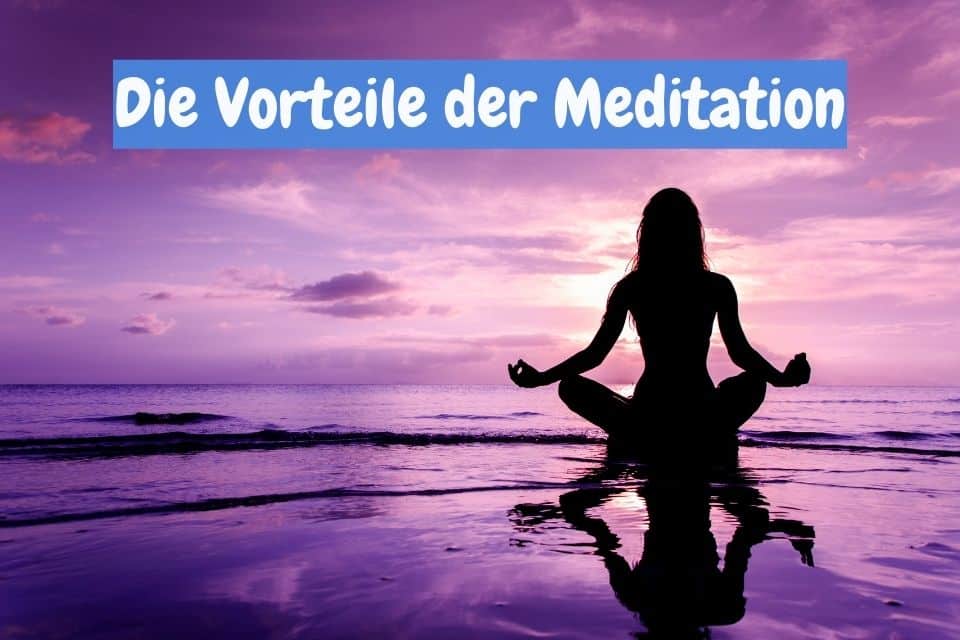
There are many benefits to practicing meditation.
One of the biggest benefits is that it helps people relax. This means that you feel calmer and less stressed when meditating.
You'll also find that you can concentrate better at work and school.
How to start meditating

Meditation can be a wonderful experience. But how can you start?
Anyone can meditate - it is a skill that each of us has, but that requires training and learning. In this section, I'll go over the basics of meditation and tell you how you can get started.
Are you thinking about meditating?
Then you have good news: it's never too late to start!
Meditation offers many health benefits and is a simple yet powerful technique to reduce stress.
Whatever type of meditation you choose, whether it's breath, concentration and contemplation, sound or movement: no matter where you are on your journey, it will cost little and provide great benefits.
Let's learn how to get started and how to open ourselves to regular and deep meditation!
Begin your relaxation journey by relaxing your body, turning your attention inward and achieving a clear mind. This post will help you find out everything you need to know about meditation and its benefits so that you feel good right from the start.
Are you ready to begin my meditation adventure and learn how to let go?
Letting go through meditation
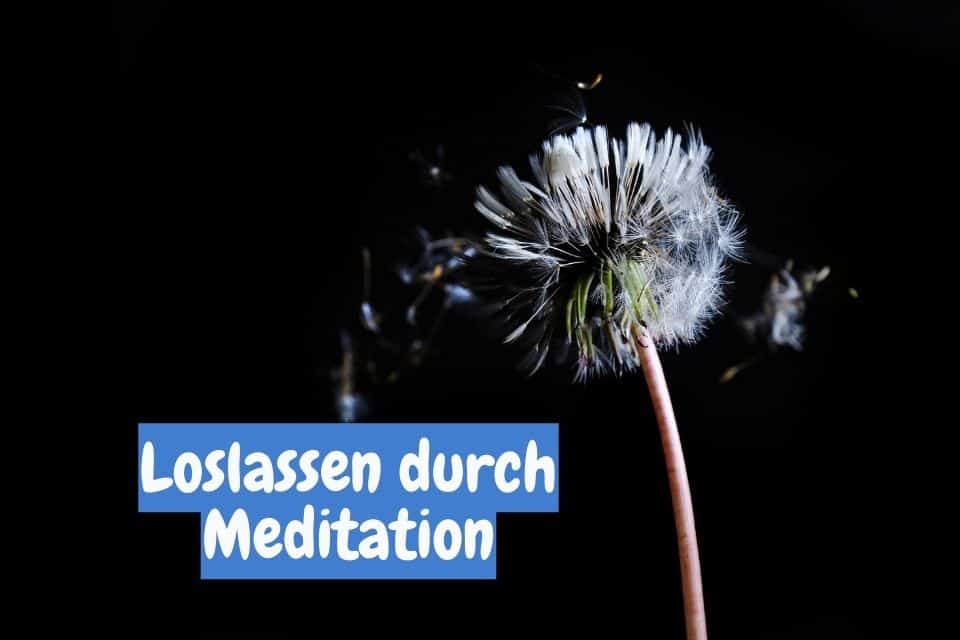
Through meditation Stressful – wisdom leave behind – let go of Meditadion
Everyday life and its problems, this eternal carousel of thoughts that turns problems back and forth from one side to the other - there are many people who are like this Predicament want to escape. When therapies, exercise, and conversations with friends no longer help and the inner restlessness or even fear can no longer be released, many people look for alternative healing options. The beer on Evening or other types of distraction only allow our problems to fade into the background for a short time. The next day they just seem bigger and more insoluble.
Yoga has helped many people deal with problems better through a better body feeling. Another way to achieve greater well-being and to feel at the center of life and your own body is Meditation let go to be able to let go of what weighs us down.
Letting go of meditation – passive and active meditations
A distinction is made between passive ones Meditations and active meditations.
Getting started with meditation – letting go of meditation
You can start meditation in many different ways:
It is particularly suitable for Beginner at. It can be learned through courses, DVDs, books with DVDs or even YouTube channels.
Many religions work with meditation, as a long immersion Asked or reading Bible passages. There are also churches that offer these regular meditation sessions without requiring you to be a member of a religious community. The resulting state of thoughtlessness opens the Spirit for new strength and inspiration. Meditators should move as little as possible and not speak.
With this form of meditation, too, the aim is to learn more peace and serenity through intensive immersion in oneself, which after a while Time of practicing should be integrated into everyday life.
Where does meditation come from?
According to Indian belief, the Kundalini sits at the end of the spine, coiled like a snake. It should be brought to development by shaking and shaking the body. This is followed by a fifteen minute dance for the winner Energy distribute throughout the body. This is followed by two rest periods.
Qi-Gong and Tai Chi are also considered meditation rituals.
Who is meditation suitable for? let go
Because in our restless and sometimes threatening world, it is worth learning meditation techniques in order to be able to let go and reflect on what is really important to you.
Wikipedia delivers Meditation following explanation of terms
Meditation (from Latin meditation, zu meditate “to think, ponder, consider”, from ancient Greek I'm busy medomai “think, ponder”; there is no etymological connection to the root of the Latin adjective medius, -a, -um “middle[r, -s]” is a spiritual practice practiced in many religions and cultures.[1] Mindfulness or concentration exercises are intended to calm and collect the mind. In Eastern cultures it is considered a fundamental and central consciousness-expanding exercise. The desired states of consciousness are different depending on the tradition and are often referred to with terms such as Silence, Empty, panoramic awareness, To be one, in here and Become breast or be free from thoughts described. This will overcome the subject-object split (Karl Jaspers' term).
The term has also been used for texts that represent the results of concentrated, in-depth reflection, such as Marcus Aurelius Self-reflections or Descartes' “Meditations on the Foundations of Philosophy”.
Tips for successful meditation
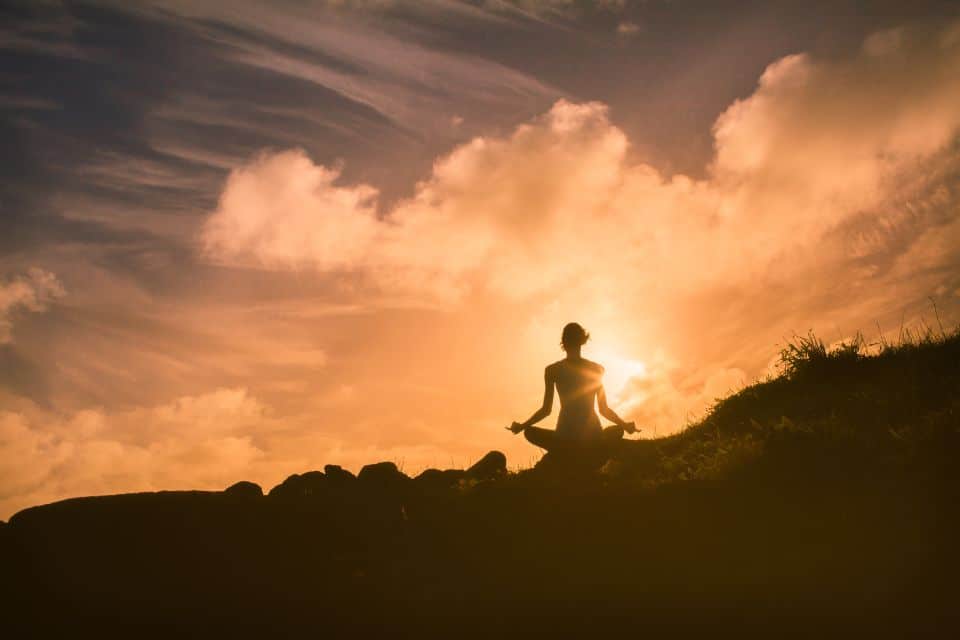
I hope that you now have a better understanding of meditation and the beneficial benefits of remaining silent and conscious.
If you have discovered that meditation is a suitable method for you to relax and let go, you can use my information and tips to get you started.
Meditation is a very personal journey that requires a lot of patience and a trusting relationship with yourself.
So don't be discouraged if you don't initially achieve everything you set out to do.
Just stay on the ball and pay attention to your inner voice that shows you the way.








